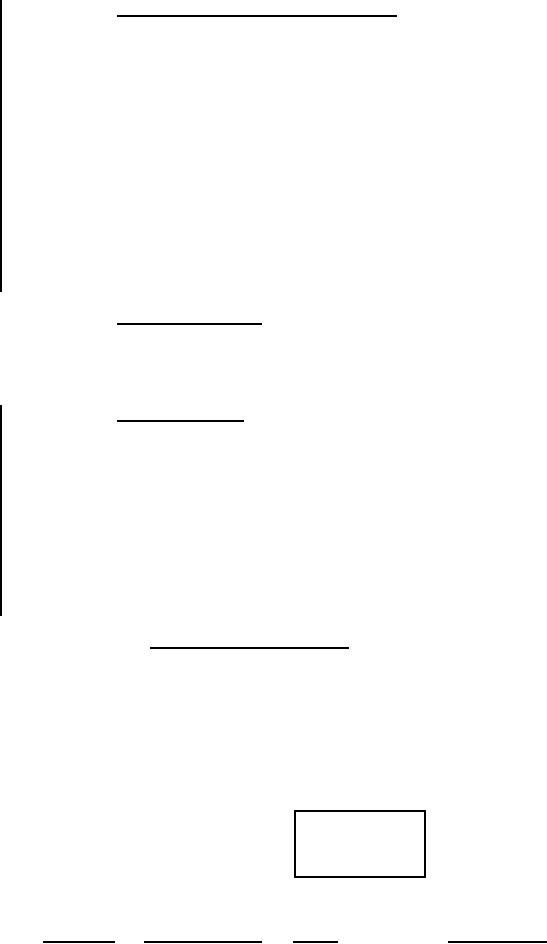
MIL-PRF-89020B
3.9.3 The <xxx>.avg, .min, .max files . The .avg, .min and .max data
files are unique to DTED Level 0. They contain the average, minimum and
maximum terrain elevation value associated with each DTED Level 0 elevation
value. The average, minimum and maximum values are calculated from DTED
Level 1. Each 30" x 30" area of DTED1 (11 posts x 11 posts) are searched for
the minimum and maximum value; while the average is calculated from the 121
values. Notice therefore that the row and columns of posts that divide each
30"x 30" area are included in the calculations for two of the values. The
.avg, .min, and .max files are composed of a Motorola (i.e., SUN) Format two
(2) byte integer structure. Each data file consists of the User Header
Label(UHL), Data Set Identification(DSI) Record, Accuracy Description
Record(ACC) and the Data records. The .avg, .min, and .max files are
referenced by the subcell's center coordinate pair. A subcell of DTED Level 0
is defined as equal to thirty (30") arc second by thirty (30") arc second.
The latitude spacing will always be consistent based upon the DTED level of
the data, whereas the longitude spacing is dependent upon the level of the
data and geographic zone (See Table I). This file shall not cross whole
degree latitude and longitude lines.
3.9.4 The Read.me file. An ASCII text file named Read.me contains a
description of the disc contents including the geographic limits of the
compact disc, a count of the cells, a location diagram (text array) showing
which cells in the minimum bounding rectangle are resident on the disc, and a
user's guide.
3.9.5 The DMED. file. The Digital Mean Elevation Data (DMED) file is an
ASCII text file. It contains, for each 15' x 15' area of a 1°x1° cell, the
minimum and maximum elevation, the mean elevation, and the standard deviation.
The DMED file is a series of 394-byte records. The first record is a header
giving the extremes of the minimum bounding rectangle (MBR) (in degrees)
encompassing the cells on the CD. For example, the value: N30N36E020E032
followed by 380 spaces indicates that the MBR is 6° high and 12° wide. The
next record has the data for the extreme southwest 1° cell in the MBR. The
third record is for the 1° cell above that, and so forth, to the top of the
MBR. Moving eastwardly, and until the edge of the MBR is reached, the next
column of 1°x1° cells is added to the file with placement being from south to
north. If a cell in the MBR is not included on the CD, its DMED record
consists of its coordinates followed by 387 spaces (ASCII blanks).
3.9.5.1
Individual cell record . An individual cell record contains
the geographic coordinates of the cell's southwest corner, the data edition
number, the match/merge version of the cell from which the DMED is calculated
and the following information about each 15' x 15' area of the cell: the
minimum and maximum elevations, the mean elevation, and the standard deviation
of the elevations. Data are all upper-case ASCII characters. Elevation
values are to the nearest meter. In a 1° cell, the elevations in the three
rows and three columns, which divide the 15' x 15' areas from each other, are
counted in two areas. The order in which the 16 areas of a cell follow the
header is:
4
8
12
16
3
7
11
15
2
6
10
14
1
5
9
13
Field
Field Length
Character
Contents
in Characters
Start
Description
9
For Parts Inquires call Parts Hangar, Inc (727) 493-0744
© Copyright 2015 Integrated Publishing, Inc.
A Service Disabled Veteran Owned Small Business